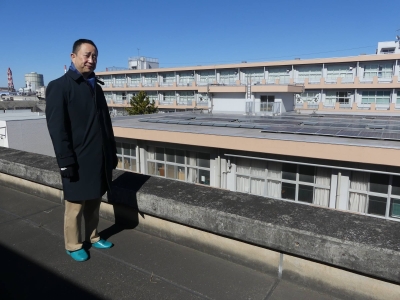U.S. President Donald Trump’s second administration coincides with a period of rapid structural and technological change, driven by three trends. First, shocks from the pandemic, new wars, climate change and geopolitical tensions continue to reverberate through the global economy. Second, broader secular trends continue to inhibit growth and create new inflationary pressures. And third, scientific and technological breakthroughs are transforming a wide range of sectors, from digital services and biotech to energy.
The responses to these trends are dramatically changing the global business and policy environment. Resilience and national security have become top priorities. Supply networks are evolving rapidly. Inflation has become a major issue for the first time in three decades. And all of this was happening before Trump’s return to the White House.
Although Trump’s blizzard of executive orders looks chaotic, the administration may well be pursuing a larger strategy, designed to dilute and weaken potential opposition. Trump and others in his administration have repeatedly argued that bilateral trade deficits are signals that something is wrong — that the United States is being taken advantage of, to the detriment of some industries and national security.















With your current subscription plan you can comment on stories. However, before writing your first comment, please create a display name in the Profile section of your subscriber account page.